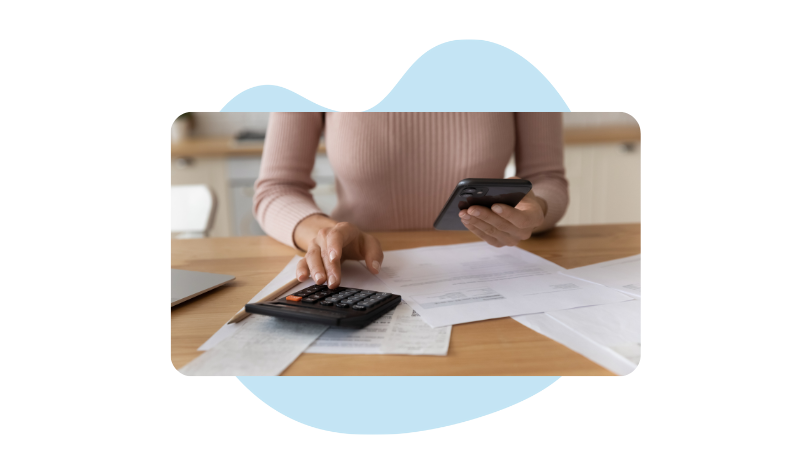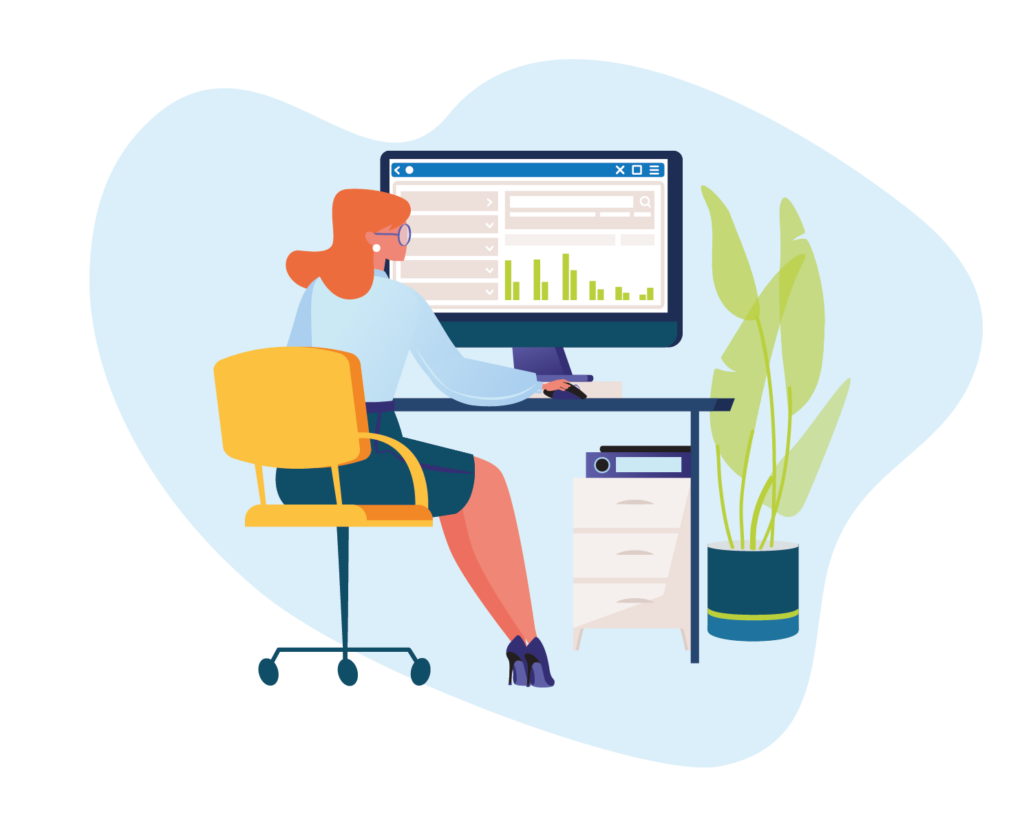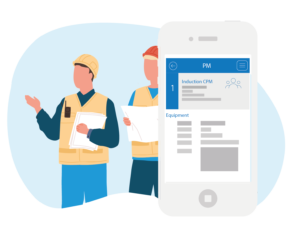What is Lease Accounting?
Effective from December 15, 2018 for private sector organizations, and more recently in the public sector from December 15, 2021, ASC 842 is the new standard for lease accounting issued by the Financial Accounting Standards Board (FASB). Meanwhile, GASB 87 introduced specifically for public organizations, is the new lease accounting standard issued by the Governmental Accounting Standards Board (GASB) which became effective from June 15, 2021.
While there are some differences between the two standards, notably that ASC 842 adopts a dual approach to accounting treatment while GASB 87 uses a single approach, both these latest requirements for lease accounting are designed to deliver additional asset transparency, and provide organizations with the opportunity to improve the day-to-day management of leases.
In this blog, we aim to explore what is lease accounting, why it is important, and the advantages and opportunities of adopting the new standards.
What is Lease Accounting?
Lease accounting refers to the process of recording the financial impacts of an organization’s leasing activities. This includes income statements, cash flow statements, and balance sheets as they relate to the lease expenditure or income.
Lease accounting is required by lessees as well as lessors, with the key goal of providing a clear picture of the financial health of the business, including current asset worth, liabilities, and so on. Lease accounting software is commonly used to ensure compliance with ASC 842 and GASB 87 requirements, and to simplify the process by automating calculations which are otherwise time-consuming, prone to error, and difficult to audit in a spreadsheet or separate software approach.
Lease accounting key terms and definitions
Below are short definitions for some of the key lease accounting terms:
Lease: A contractual arrangement between the owner of an asset and another party who wishes to use that asset. A lease defines the term of use for the asset, and the financial compensation paid to the owner in return for that use. There are two types of leases, operating and financial.
Lessor: This is the person or organization who legally owns an asset that is offered for lease. From property to vehicles, equipment, or even intangibles such as a brand can be offered for lease by the legitimate owner of an asset.
Lessee: The individual or organization who leases a given asset. A lease contract will define how long an asset can be used for, in what way it can be used, and how it is paid for during the lease. In some cases, lessors may also offer an opportunity to purchase the asset at the end of the lease.
Right of Use: The right-of-use asset is a lessee’s right to use an asset over the life of a lease.
Lease liability: The lease liability represents the financial obligation for lease payments and is measured by calculating the present value of future lease payments.
Why is lease accounting important?
Lease accounting provides a clear view of an organization’s financial situation taking into account the impact of any leases they are involved with. It reveals risk levels, and highlights the effect of leases on the balance sheet, making it an indispensable tool for investors as well as lessor and lessee leadership.
Understanding liabilities, assets, income, and expenses is always essential for any business, but with lease accounting, all those factors are placed in context with the leases held, which gives a much clearer understanding of the true and current financial situation.
Accounting reports that do not consider leases can portray a very different picture, ignoring significant liabilities such as long lease payments when presenting the financial health of an organization. However, those lease payments will always need to be paid, so must be part of the overall financial health of the business which ASC 842 and GASB 87 lease accounting achieves.

5 advantages of the new lease accounting standards
While the introduction of the new ASC 842 and GASB 87 lease accounting standards has posed significant challenges for many organizations, they do also bring a range of benefits for both lessors and lessees, as well as potential investors in any business involved with leases. Below are 5 ways in which they offer advantages over the previous accounting standards:
Simplified audit process and audit trail
Dealing with auditor requests is both time consuming and a sure way to cause stress, but the new lease accounting standards go a long way to eliminating the problem. Lease accounting compliance is much easier to administer under the new standards, streamlining the audit process, and reducing administration costs as a result.
Resource identification
The new standards for lease accounting mean that all assets are clearly identified and itemized, giving much clearer insight into liabilities, and so on. It also provides a comprehensive reference of all resources an organization has access to, making both resource allocation and procurement much more effective.
Ultimately, this also offers the scope to combine assets into a portfolio, which is allowed as long as there are no financial benefits for doing so. It does make management much easier though.
Integration with existing systems
Lease accounting processes now align with other standards, and allows for integration with other accounting systems. The result is, as with auditing, a simplified solution that provides more detail while creating a more efficient approach. Lease accounting software solutions can integrate with existing financial systems to unlock the data and analysis that not only fulfills accounting needs but provides exceptional insight into overall business health.
Asset and liability accuracy
One of the major benefits of the new standards is to reveal hidden costs. By ensuring that all aspects of active leases are taken into account, whether that be lessee’s liabilities or lessor’s assets, accounting reports provide accurate assessment of the true financial situation for any organization.
Improved forecasting
Because the new standards for lease accounting take into account all aspects of the lease, they provide a clearer understanding of the current financial situation, as well as the impact of ongoing liabilities. This in turn ensures that forecasting and scenario projections can incorporate those impacts and offer a more reliable look at future performance.
Lease Accounting FAQs
Understandably, there are many questions which have arisen as a result of the new changes, and we consider some of those questions below.
Lease Accounting Software
Comprehensive, integrated lease accounting software for every type of asset.

Lease accounting provides clarity when assessing the financial health of any organization, as it takes into account the assets and liabilities associated with lease commitments that otherwise remain off-book. For business leaders looking to make crucial decisions about future strategy, as well as investors seeking to understand a business’s financial situation, lease accounting is an invaluable tool.
For organizations today, lease accounting software is an essential tool in ensuring the accounting compliance required, while also streamlining the process, and ensuring easy access to valuable data that is essential when forward planning.
Streamline your lease accounting – without the stress
Let’s face it: Keeping up with lease accounting compliance requirements is hard. Many companies face struggles and setbacks across several fronts. Auditors thoroughly poke around and uncover multiple, costly financial mistakes. Accounting teams end u…

